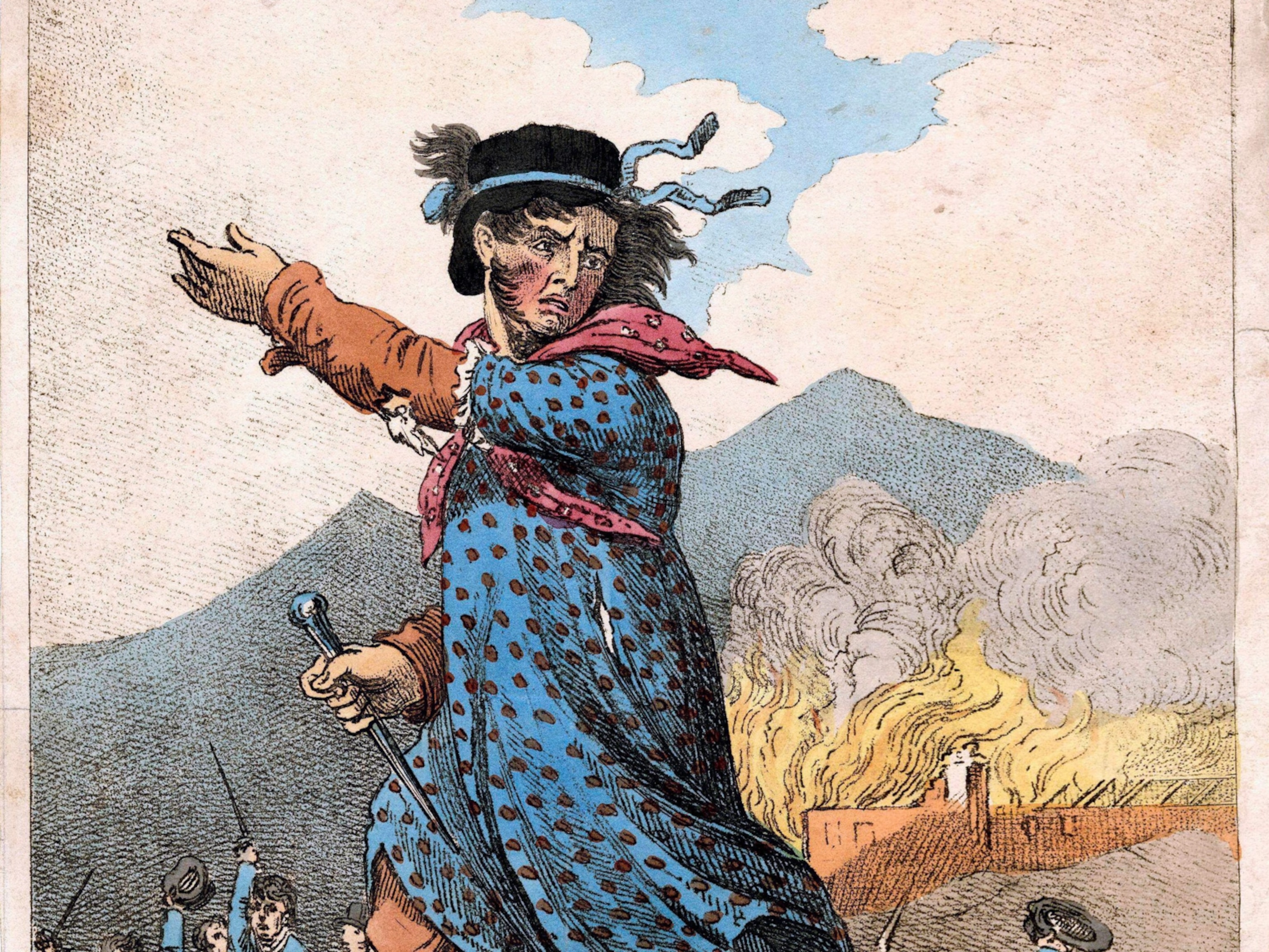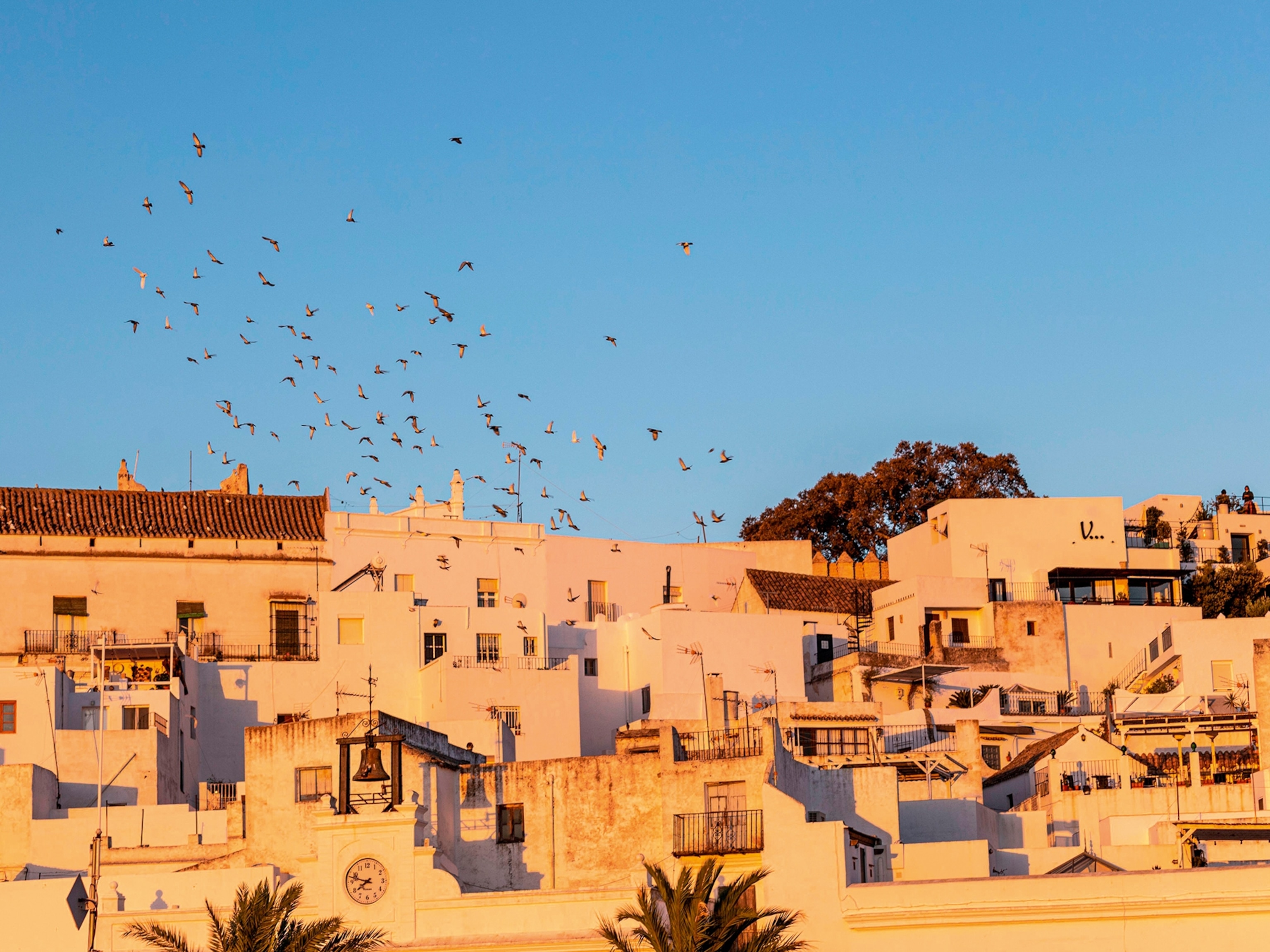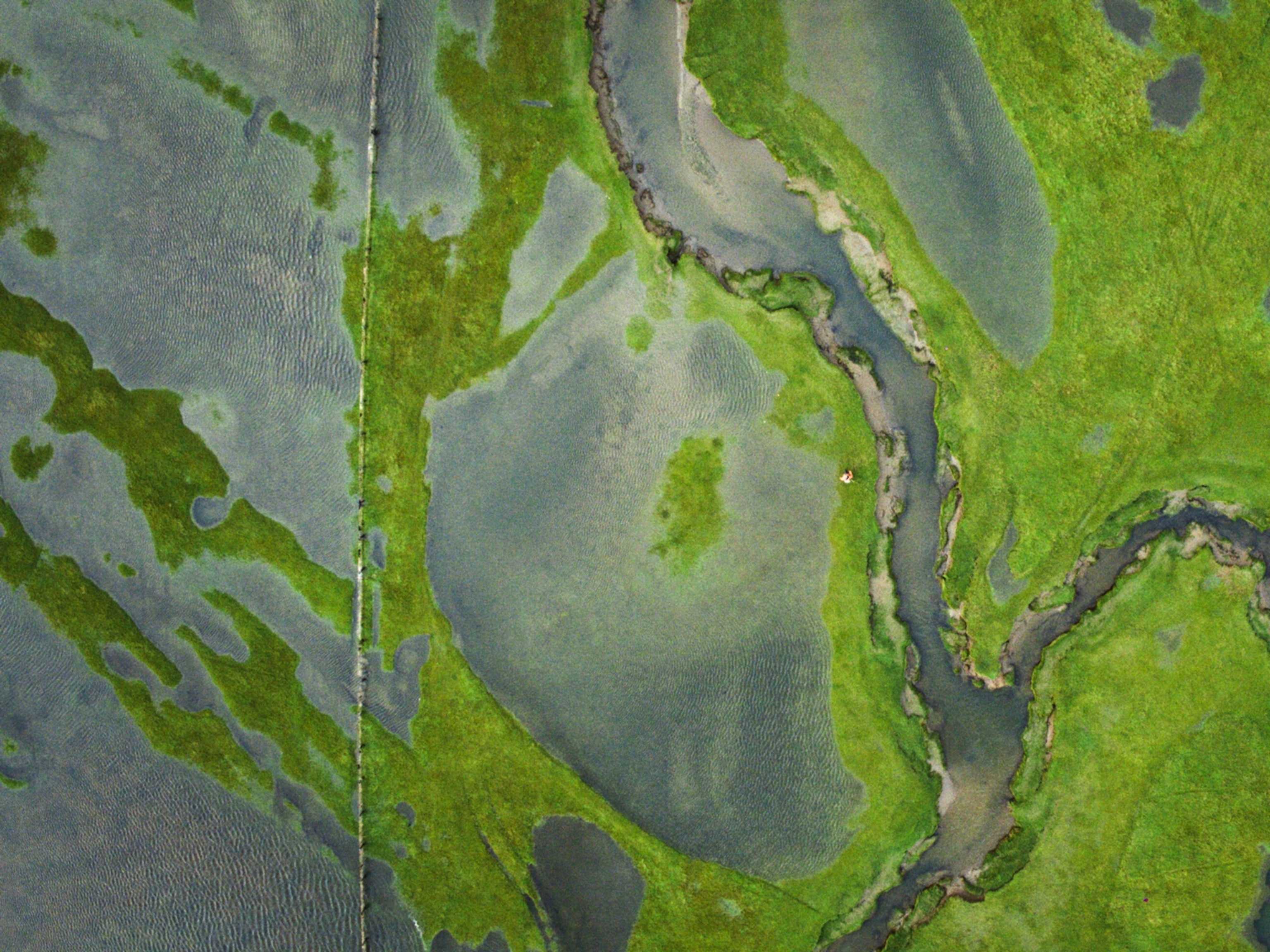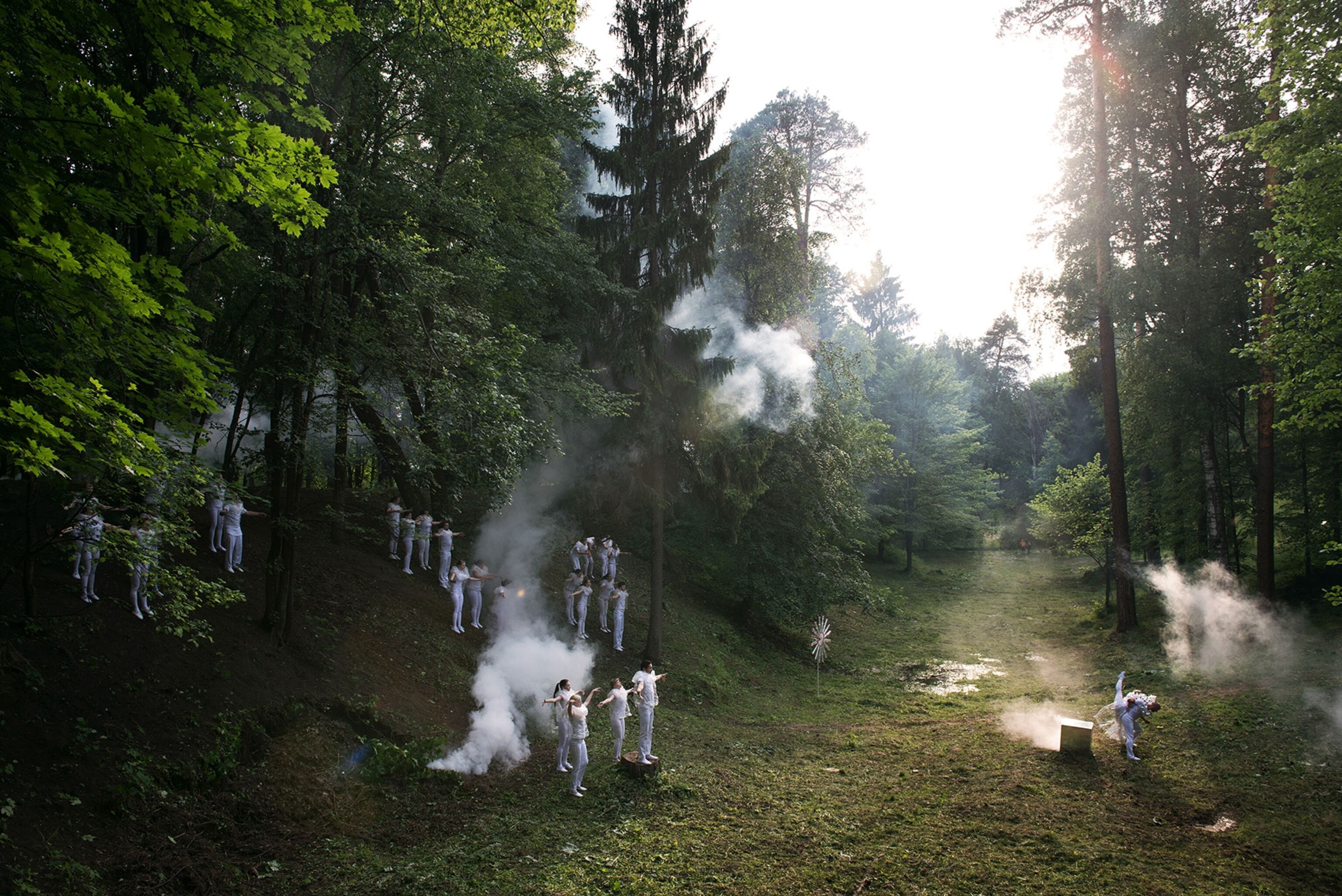
How a Russian Factory Gave Birth to a Street-Art Renaissance
A tiny Russian factory town is a curious place to find street art around every corner, but that’s exactly what photographer Elena Chernyshova saw when she wandered into Vyksa, a mono-industrial community 230 miles east of Moscow.
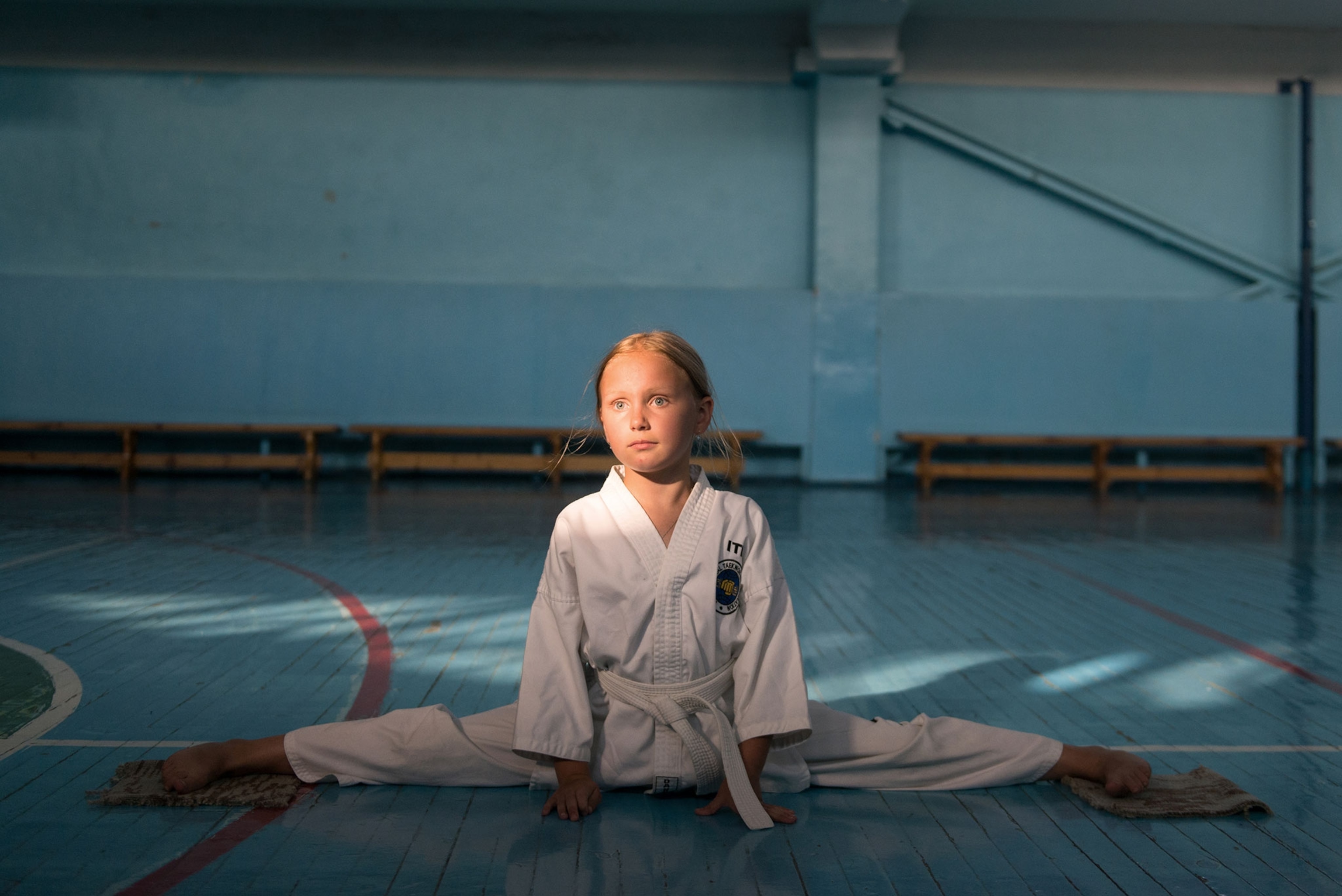
In the mid-1800s, two brothers, the Batashevs, discovered a large deposit of iron ore in an uninhabited forest in western Russia. They developed the area—clearing trees, creating ponds to use for hydropower, and eventually founding an iron ore factory in what would become the town of Vyksa.
For a while the region accounted for almost 30 percent of the cast-iron production in Europe and western Russia, and it became famous for its beautiful castings. Vyksa was the definition of a monotown—culture and the landscape were formed around the factory’s needs.
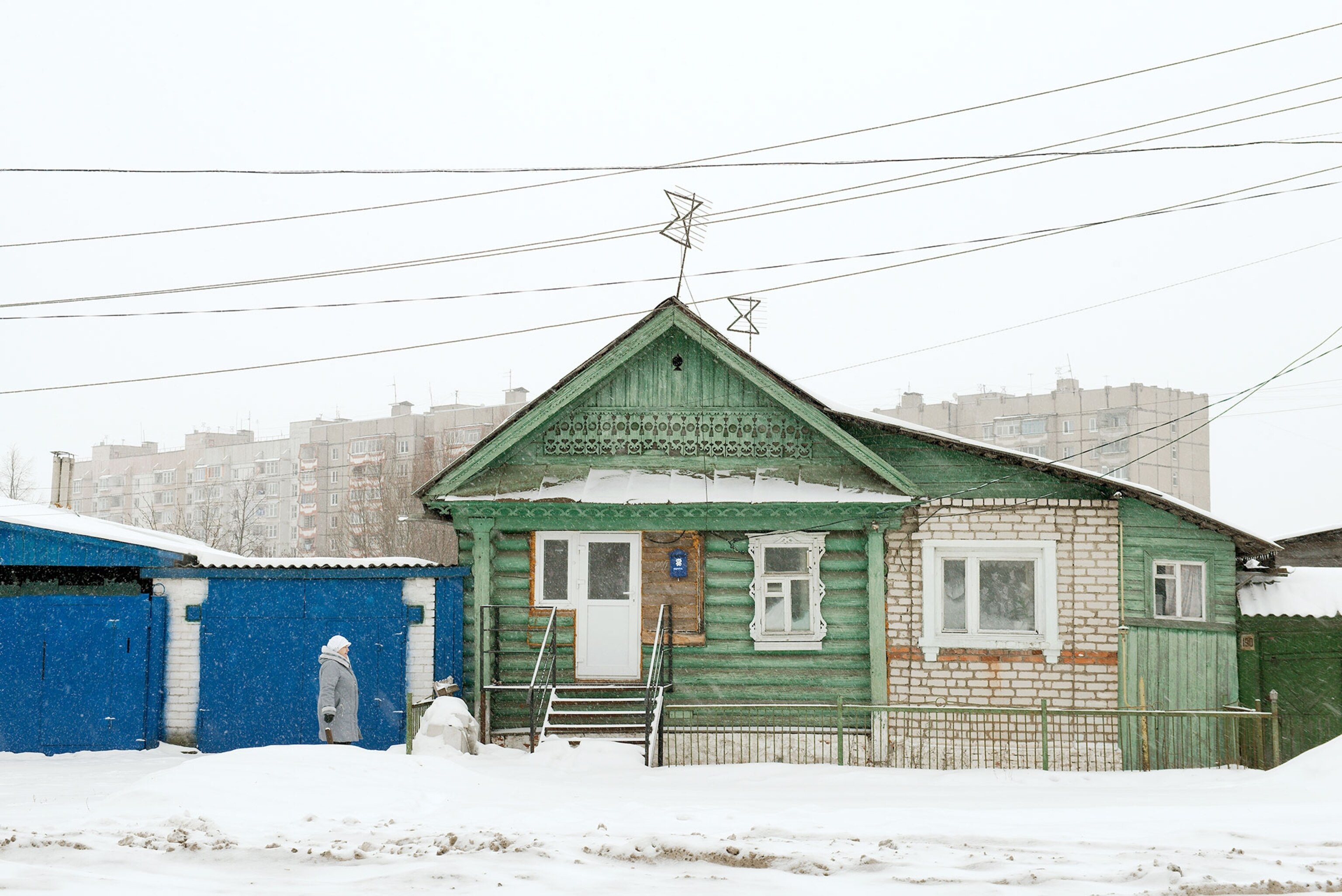
Over time, demand shifted, and higher quality iron ore became available elsewhere for a cheaper price. But Vyksa didn’t go the way of the ghost town like so many economies reliant on one industry—instead it adapted and survived. Today the modernized factory produces steel pipes and train wheels, employing 12,000 of the 50,000-odd residents.
A happy enough story, but that’s not what sets Vyksa apart. Back in 2010, the company that owns Vyksa Steel Works put out a call for mural proposals as part of a new festival, Art Ovrag, that was to bring fresh ideas and fertilize the culture.
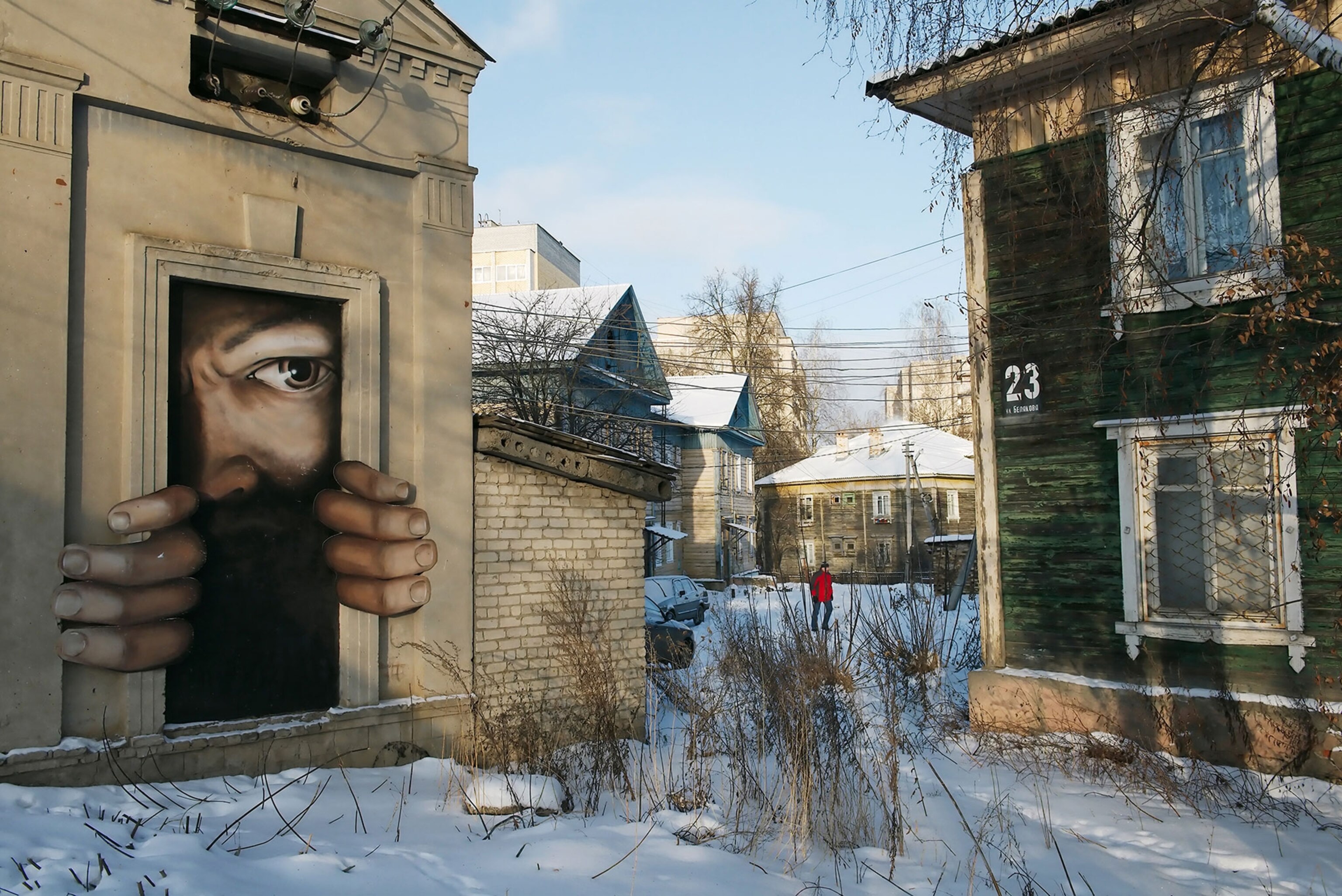
The artistic oasis that resulted piqued Chernyshova’s interest, when she was invited by the Austrian Cultural Forum in Moscow to explore a Russian “factory city” of her choice as part of a larger exhibit called “The Hope Principle.”
She headed to Vyksa, and in summer wandered the streets during the festival. It’s not an exaggeration to say she discovered art around every turn—there are now more than 80 pieces of public art to be found. “When I came to this town I couldn’t imagine that they had all of these interesting murals,” she confesses. “It’s not even on the main railway.”
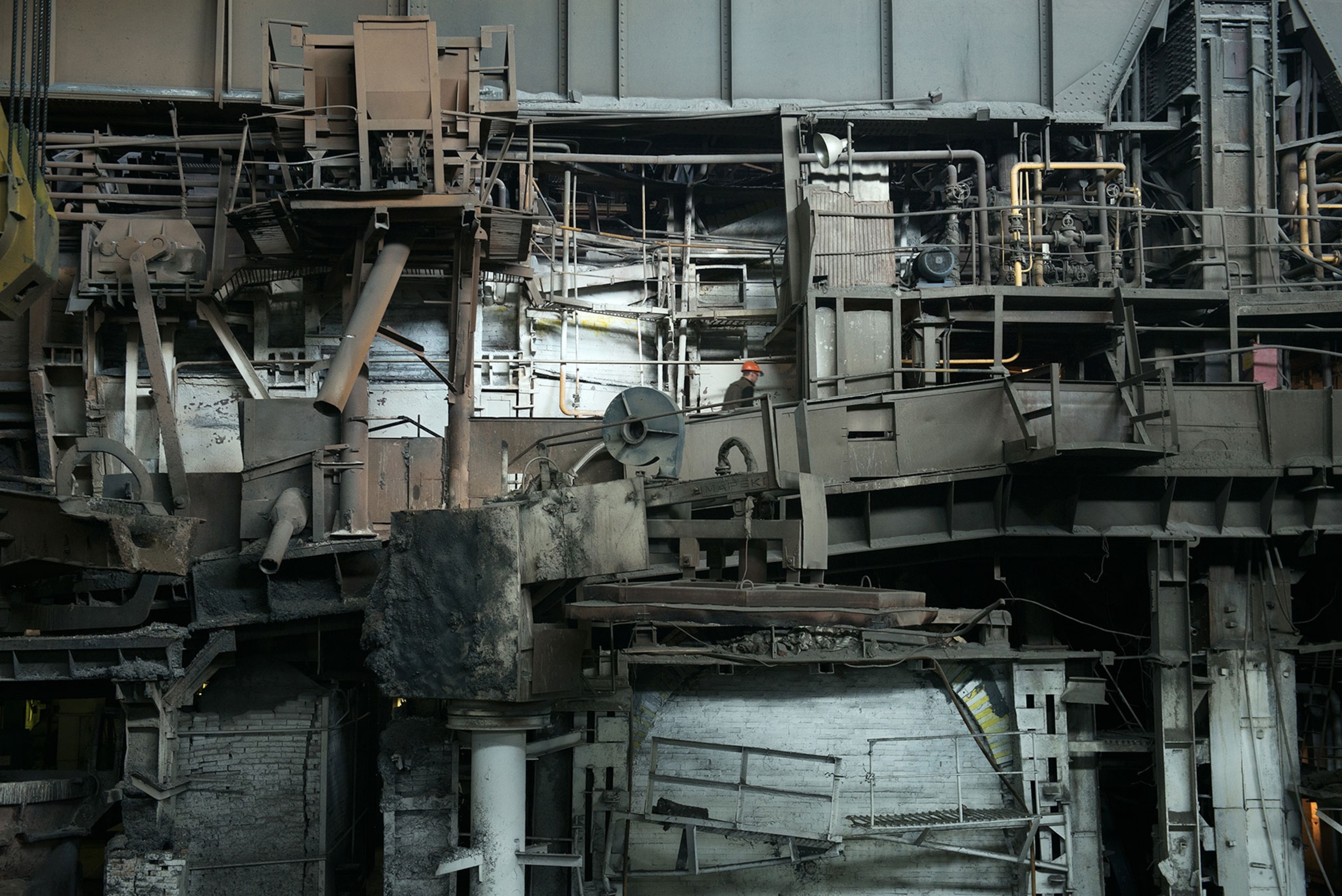
In the winter, she observed residents swimming in the icy water and sledding on the frozen surfaces of ponds that were once used to power the iron factory but have now become part of the landscape. (One advertisement for the city boasts that “Vyksa is decorated by a necklace of lakes.”)
“The idea was to show how the factory influenced the creation of the space in general,” she says. “All these landscape elements were created because of the factory. And the street art we see now is also thanks to the factory.”
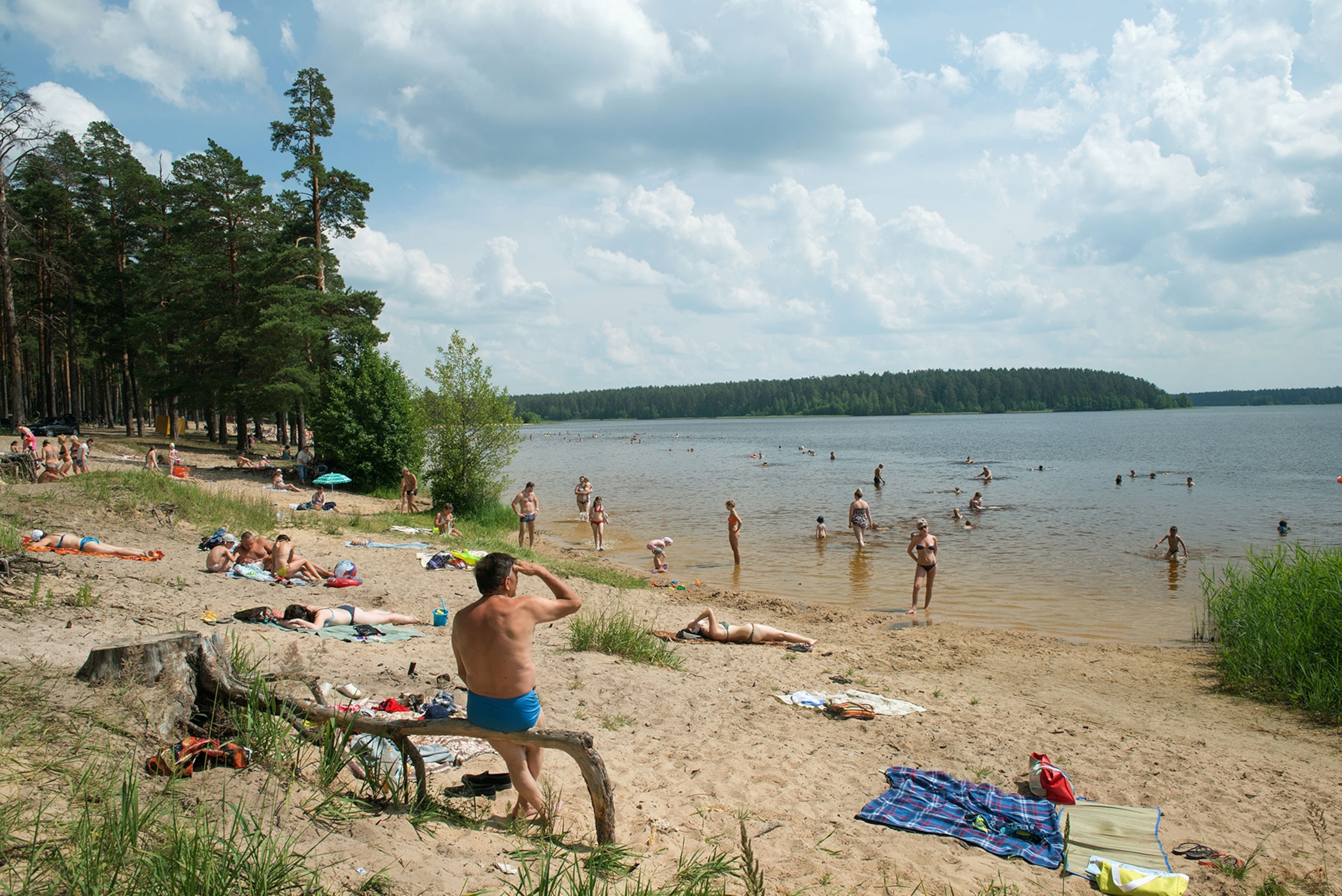
In her images, which fall somewhere between documentary and art, Chernyshova searches for visible symbols of the factory’s impact on life—intersections of nature and industry, architecture and art. She singles out people who are so immersed in what they’re doing that they seem to be part of the landscape themselves, like fixtures of this isolated town. You can tell that the story of the town and the stories of the people are codependent.

In a Moscow Times review of the “The Hope Principle”In a Moscow Times review of the “The Hope Principle”In a Moscow Times review of the “The Hope Principle” Joanna Kozlowska writes that documenting these Russian factory cities “was meant to show their decline—and sometimes, rebirth—without sugar-coating, but with a view to highlighting the possibilities their future might still hold.”
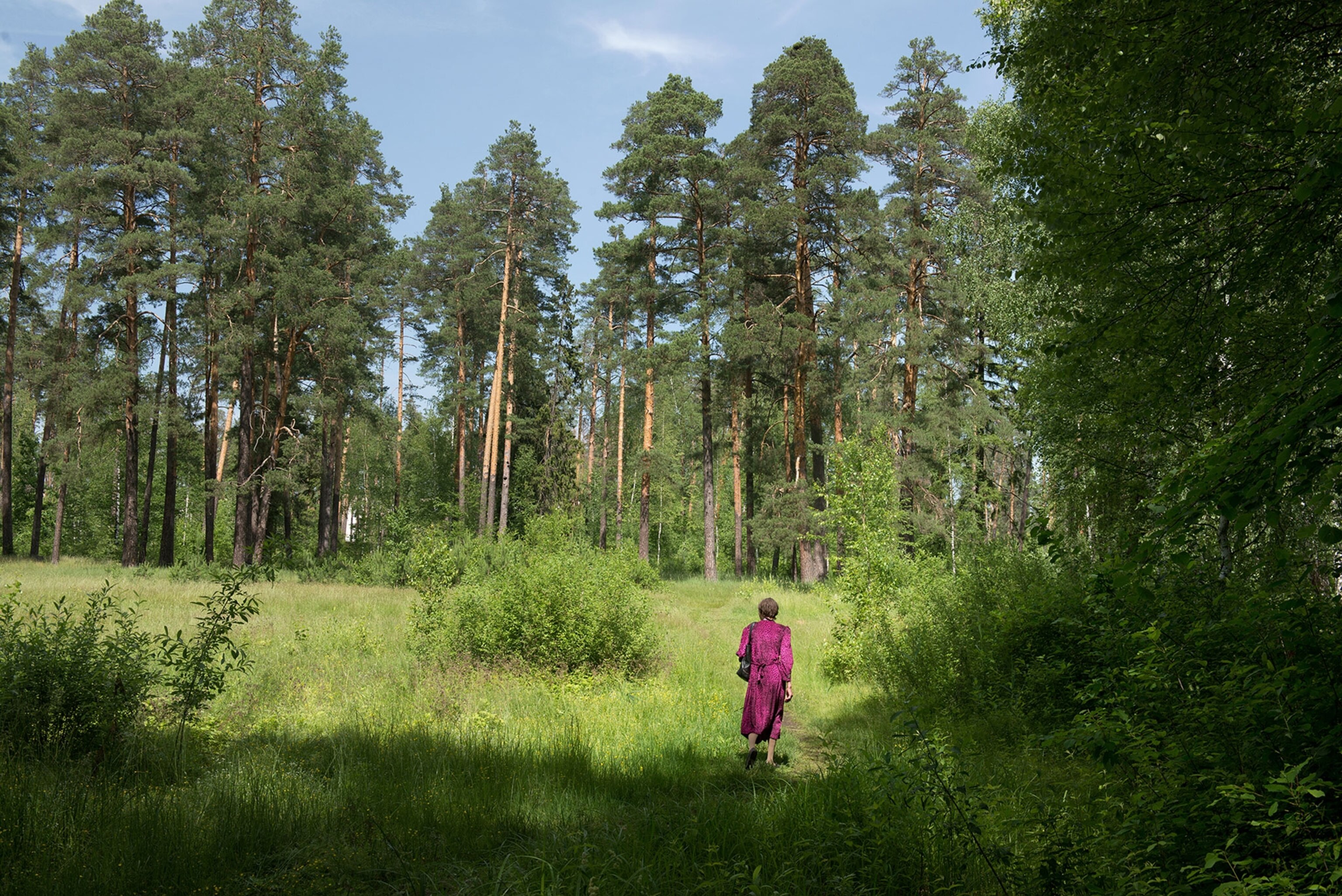
And though some young natives do leave Vyksa if they aren’t going into the steel industry, other people transplant themselves there for the work. The city’s population isn’t fading away. “I was surprised to see so many pregnant women and women with prams and children,” Chernyshova says.
Even if people aren’t coming to stay, for the past five summers, a stream of new faces has trickled into Vyksa—greeted by a pink flamingo with a corkscrew neck and a face playing peekaboo on an unassuming facade—to engage in an unlikely but totally welcome incubator for the arts.
See more of Elena Chernyshova’s photographs on Proof: Russians Adapt to a Freezing, Dark, and Polluted Place
And explore more of her work on her website.
